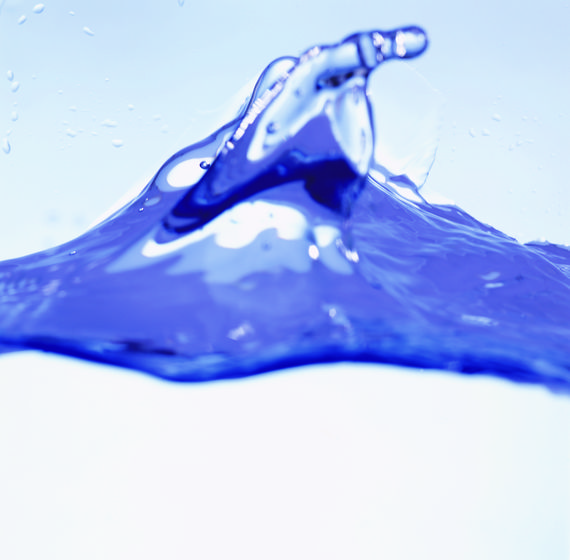Water is the basis for human life. Without water, there is no life. Water in the right quality, at the right place, at the right time and in the right amount is becoming one of the main global challenges and issues for society at large - and it is worsened by climate change.
These days, the eyes of the world is on Paris and the COP21-negotiations. With good reason, as climate change is a threat to us all. More concretely, climate change can increase the already pressing challenges related to meeting the demand for water globally.
This makes the combination of climate change and water scarcity a vicious circle, where handling the combination of the two challenges is considerably larger than handling them separately. The issue is often referred to as the "Water-Energy Nexus", and I believe it calls for immediate attention.
Let me explain why.
First of all, water scarcity is already a problem; it is not only a distant threat on the horizon. In fact, water scarcity already affects more than 40 per cent of the global population and the proportion is expected to rise (UN Sustainable Development Goal #6). Bringing clean drinking water to the growing urban population or water for irrigation to farmers is imperative to societies around the world, but it is becoming difficult to solve in some parts of the world.
The extreme weather conditions following climate change only worsens this, as droughts and floods changes the normal water cycle.
Unfortunately, the challenge does not end there - water scarcity is also bad news for a stable and reliable energy supply. Changed weather conditions has already challenged hydro-based electricity generation several places (e.g. California and Brazil) during extreme droughts making not only water but also electricity a scarce resource. The negative implications for society are obviously significant.
Furthermore, reduced access to water increases the energy consumption of the water supply, as it needs to transport water further, clean it more intensely etc. For example, making drinking water from seawater requires a relatively resource intensive procedure, but since it is the only option in some places, society is left with no choice.
Therefore, climate change and water scarcity are closely related - one cannot be solved without also solving the other. At Grundfos, we are acutely aware of this. Every day, we deliver products and solutions to our customers, which at the same time are energy efficient, and help combat water scarcity.
In a previous post, I have already described how energy efficient pumps can reduce global electricity consumption with 4% and in the coming days, I will touch upon how water loss can also be dramatically reduced.
So the solutions are here. I keep my fingers crossed for an agreement in Paris, which will spur the needed actions to combat climate change and water scarcity and thus break the vicious circle.
This post is part of a "Nordic Solutions" series produced by The Huffington Post, in conjunction with the U.N.'s 21st Conference of the Parties (COP21) in Paris (Nov. 30-Dec. 11), aka the climate-change conference. The series will put a spotlight on climate solutions from the five Nordic countries, and is part of our What's Working editorial initiative. To view the entire series, visit here.

